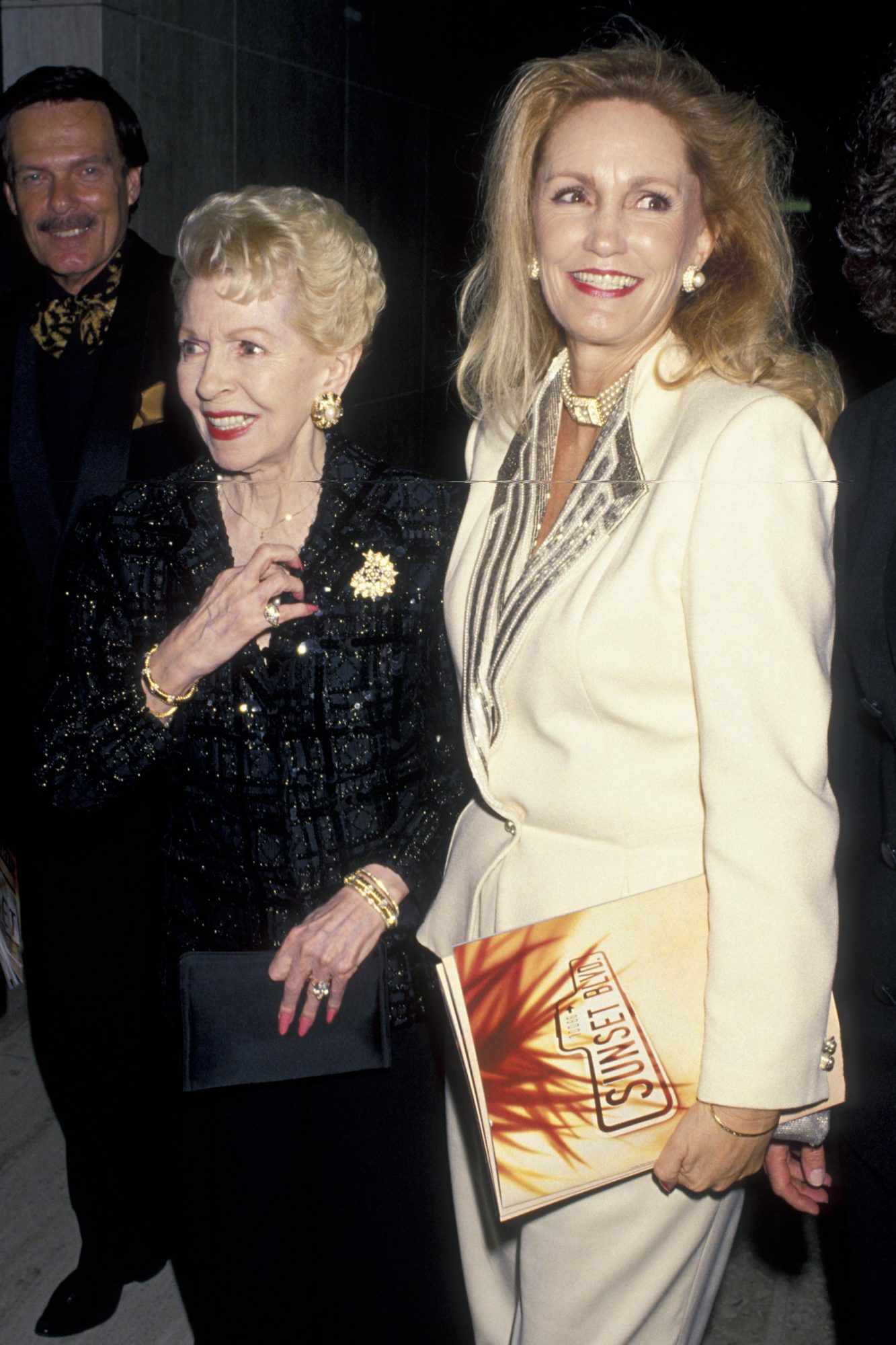Cheryl Crane: The Untold Story of a Hollywood Scandal
The scandal that rocked mid-century Hollywood comes to light as we delve into the life of Cheryl Crane, the daughter of iconic actress Lana Turner.
Despite rumors that she took the blame for her mother, Cheryl Crane faced the consequences of a scandalous event that would forever change her life.
From an early age, Cheryl Crane found herself in the spotlight, thanks to her famous mother and the media's constant attention.
As the only child of Lana Turner, an emblematic s** symbol of Hollywood's Golden Age, Crane was no stranger to scandal.
Whether it was the questionable behavior of powerful figures in the film industry or her mother's widely publicized love affairs, she was immersed in a world of controversy from the beginning.
It was on a fateful night in 1958 that one of these affairs came to a dramatic and bloody end.
Johnny Stompanato, Turner's mobster boyfriend, met his demise, thrusting Cheryl Crane into the center of a tumultuous spotlight.
Cheryl Crane's childhood was a tabloid sensation.
Born to Lana Turner and B-movie actor Steve Crane on July 25, 1943, her parents' relationship was short-lived, as Steve Crane had failed to mention his previous marriage when he wed Turner.
After Cheryl's first birthday, Turner and Crane divorced for good, leaving Cheryl feeling like a distant princess in a tower, fascinated by her parents but living at a distance.
Turner ensured that her daughter attended the best private schools in Los Angeles, all while portraying herself as a glamorous and loving mother.
However, Crane remembers being warned never to touch her mother's hair, makeup, or dress, as if they were untouchable objects.
Despite the distance, Crane still held her mother in high regard.
Throughout her childhood, Crane witnessed a parade of men entering her mother's life, including the likes of Tyrone Power, Frank Sinatra, Howard Hughes, and Bob Topping.
However, it was Tarzan actor Lex Barker who brought turmoil into Crane's life.
She alleged that Barker molested and raped her during his marriage to Turner.
In 1957, when she finally confided in her mother about the abuse, Turner confronted Barker with a gun, nearly shooting him.
Later that year, small-time mobster Johnny Stompanato entered the picture.
As a low-level associate of Mickey Cohen, a prominent figure in Los Angeles, Stompanato persistently pursued Turner.
Despite her initial reluctance, Turner eventually let him into her life.
Crane also formed a bond with Stompanato, who treated her as a friend and confidante, giving her part-time employment and allowing her to ride his horse.
However, as Turner's interest in Stompanato waned, Crane grew closer to him.
Stompanato declared that he would never let Turner go, but she decided to end their relationship.
Enraged by her refusal to take him to the Academy Awards, Stompanato visited Turner's home and became increasingly aggressive.
Crane was upstairs working on a book report when Turner warned her that an argument might break out.
As the argument escalated, Crane heard Stompanato threaten her mother, leading her to intervene.
Driven by rage and fear for her mother's safety, Crane grabbed a knife from the kitchen, mistook a clothes hanger in Stompanato's hand for a gun, and fatally stabbed him.
The scandal that followed became one of Hollywood's most infamous stories.
Rumors circulated that Turner had actually been the one to stab Stompanato, and Crane had taken the blame.
Some even speculated that Turner had coerced her daughter into confessing to protect her own career.
Amidst the media circus, Turner knew she had to take drastic measures to save herself and her daughter.
Her courtroom testimony portrayed Stompanato as an abusive and violent individual, and the jury eventually ruled Crane's actions as justifiable homicide.
Life after the murder was challenging for Cheryl Crane.
After spending time in a juvenile hall, she was admitted to a mental health facility in Connecticut, where she attempted suicide.
Upon returning to Los Angeles at 18 years old, Crane struggled with alcohol and prescription drug abuse, making another suicide attempt.
However, she found solace when she began working in her father's restaurant and met her future wife, Jocelyn LeRoy, in 1968.
Crane and LeRoy moved to Hawaii, where they thrived in the real estate business before returning to California.
In 1988, Crane published her memoir, Detour: A Hollywood Story, shedding light on the events surrounding Stompanato's death.
Despite her complicated relationship with her mother, Crane still cherished their bond and considered it one of the most significant connections in her life.
The scandalous life of Lana Turner's daughter, Cheryl Crane, is just one example of the vintage Hollywood scandals that continue to shock us.
It serves as a reminder of the dark side of fame and the lasting impact it can have on those involved.
For more intriguing stories, explore the gruesome death of “Hogan's Heroes” star Bob Crane.































